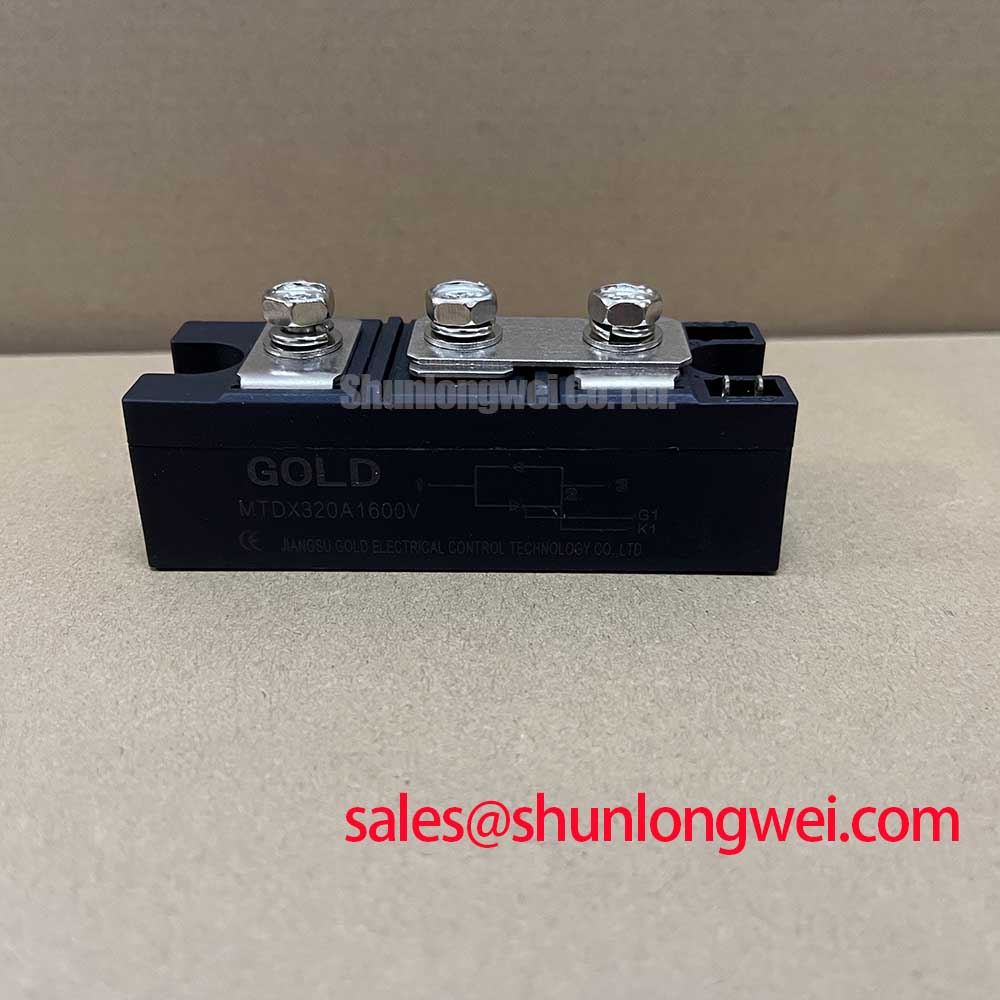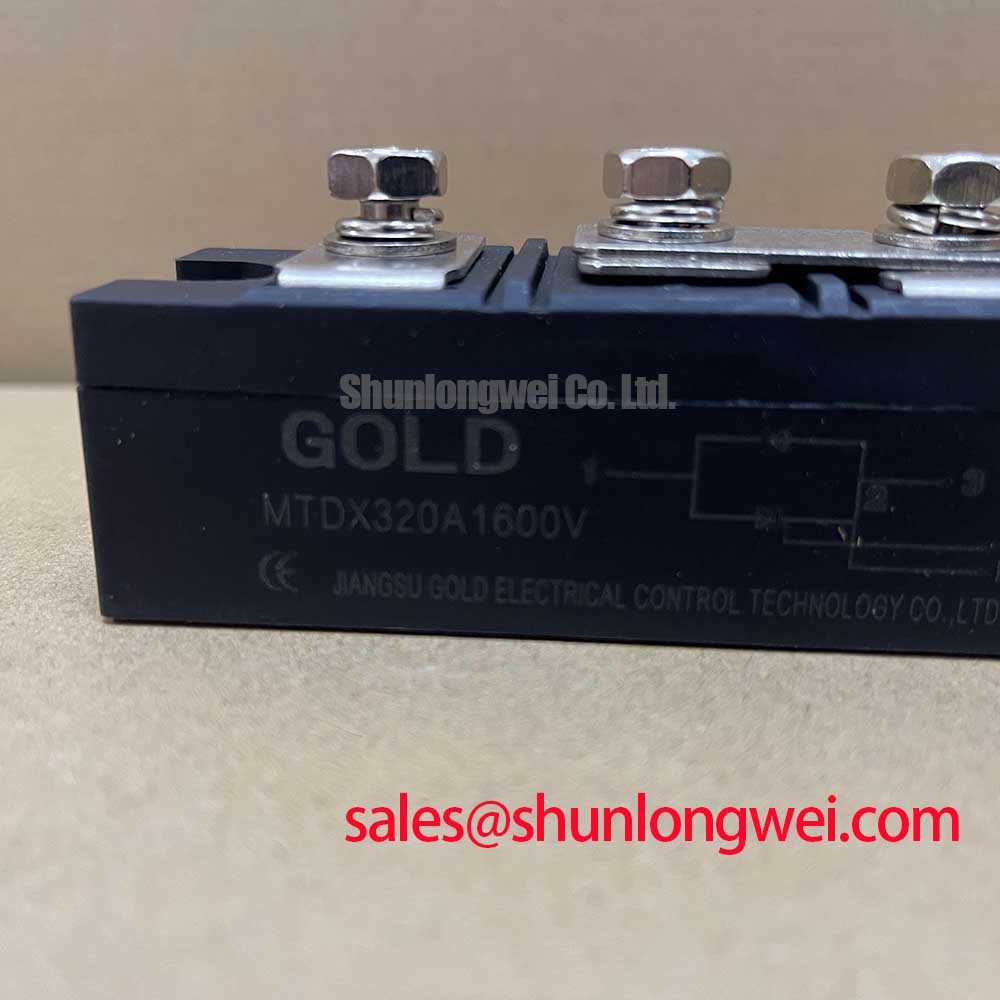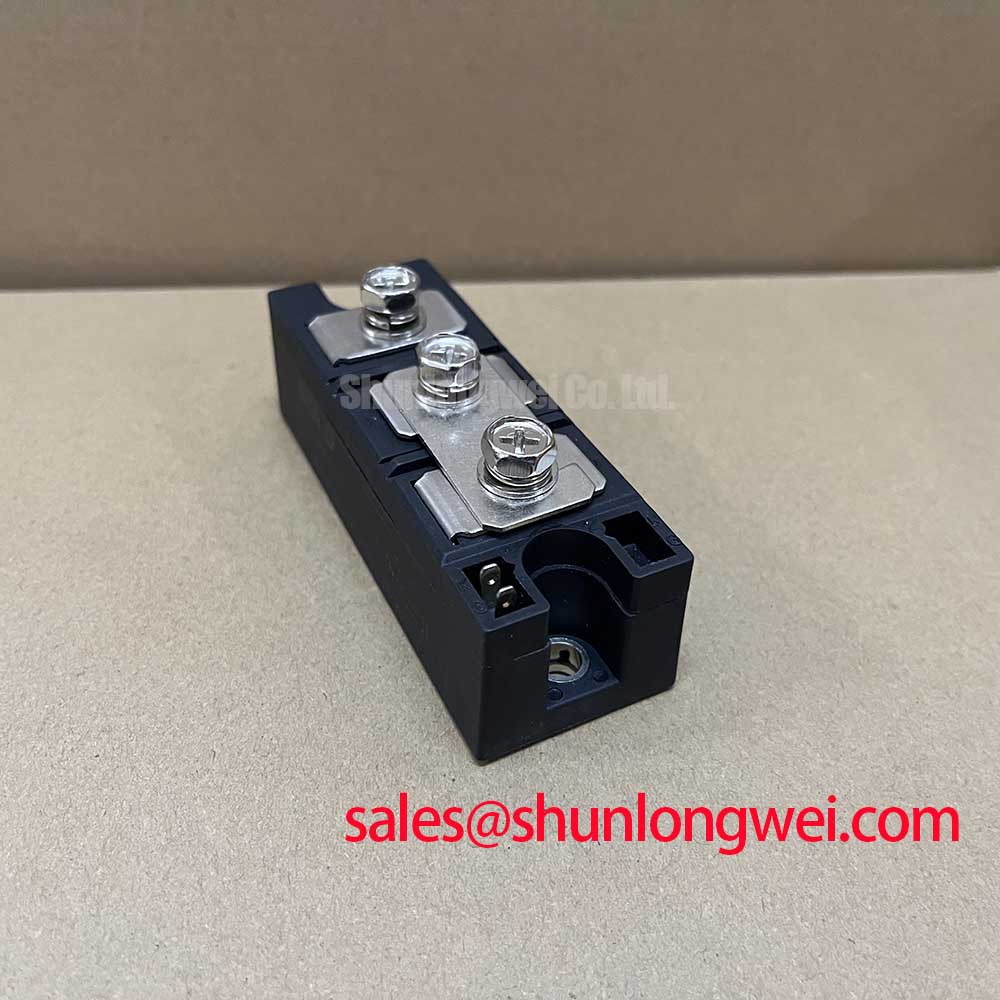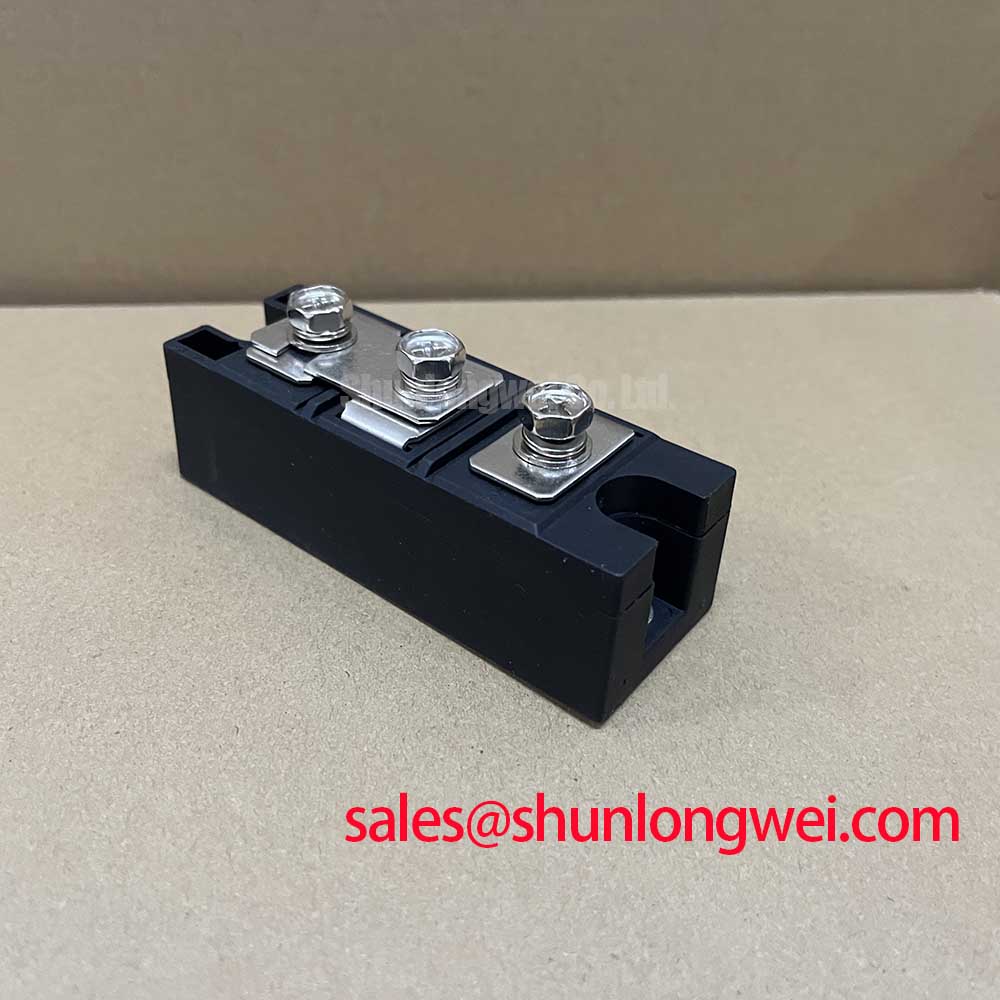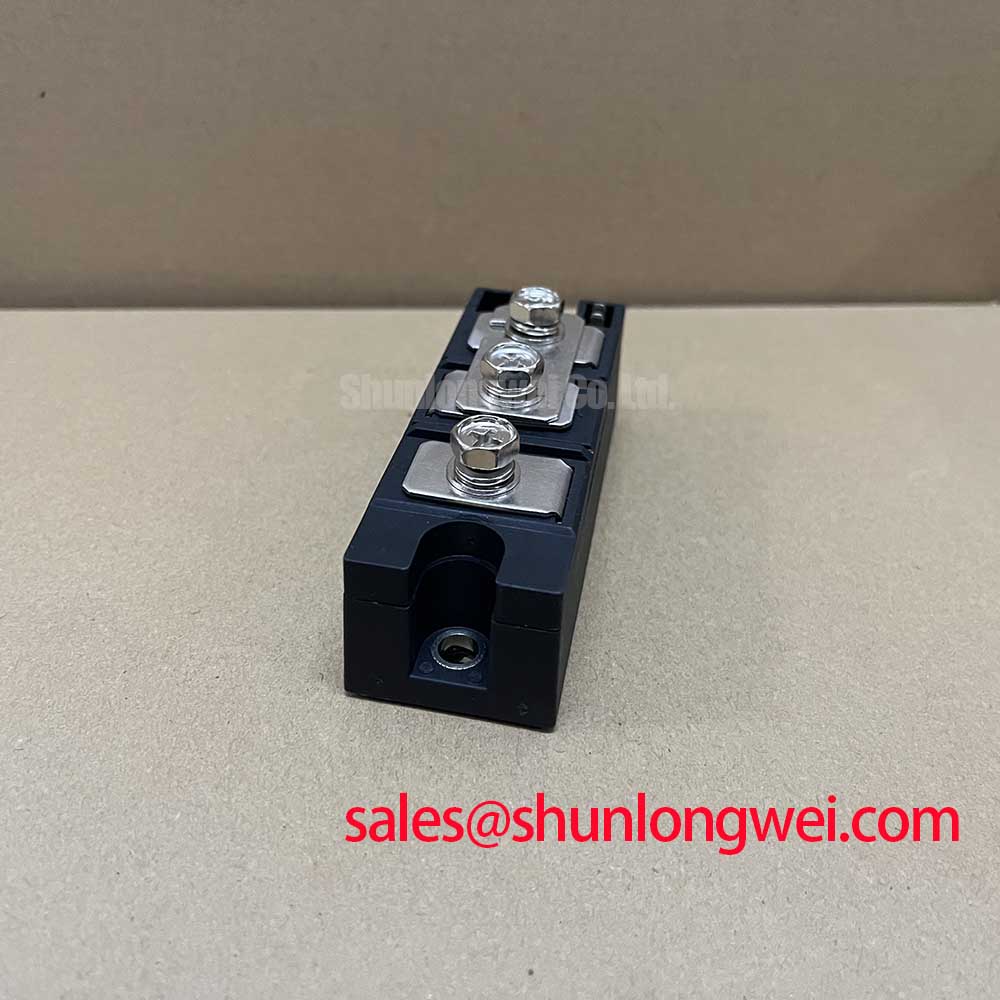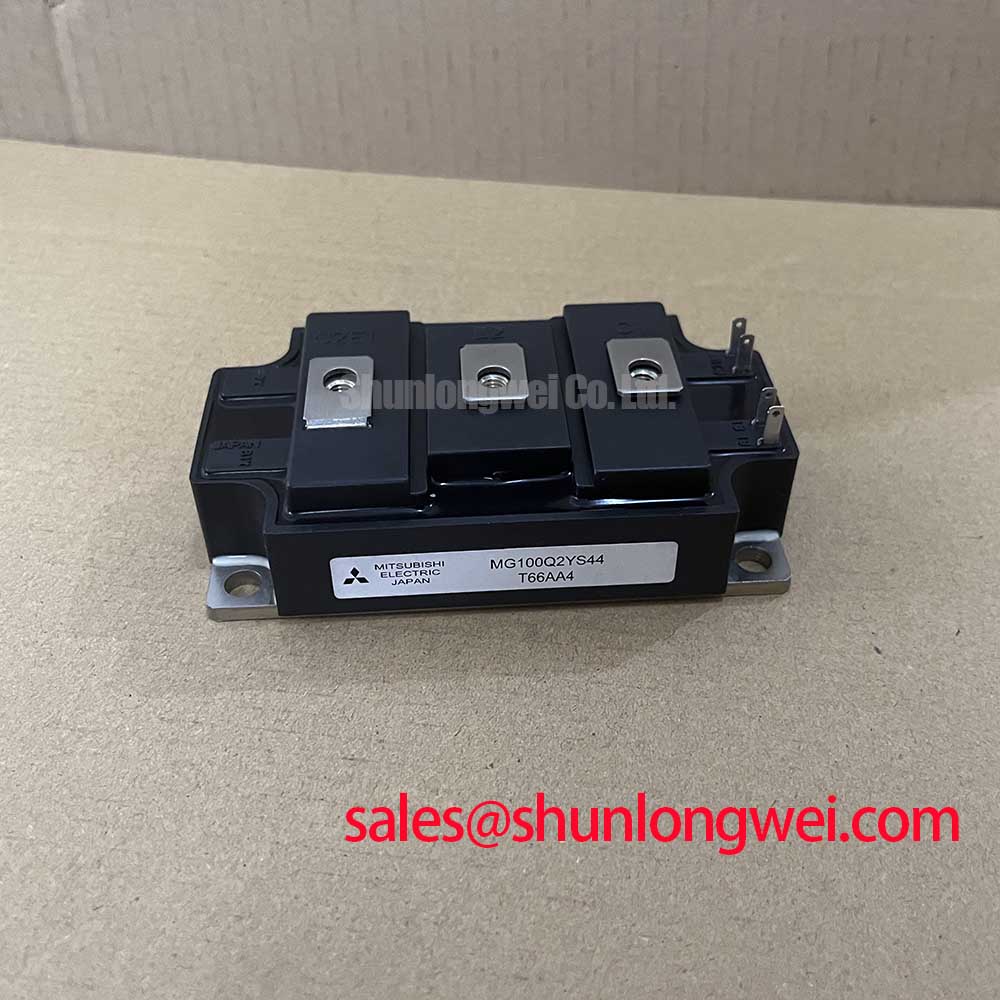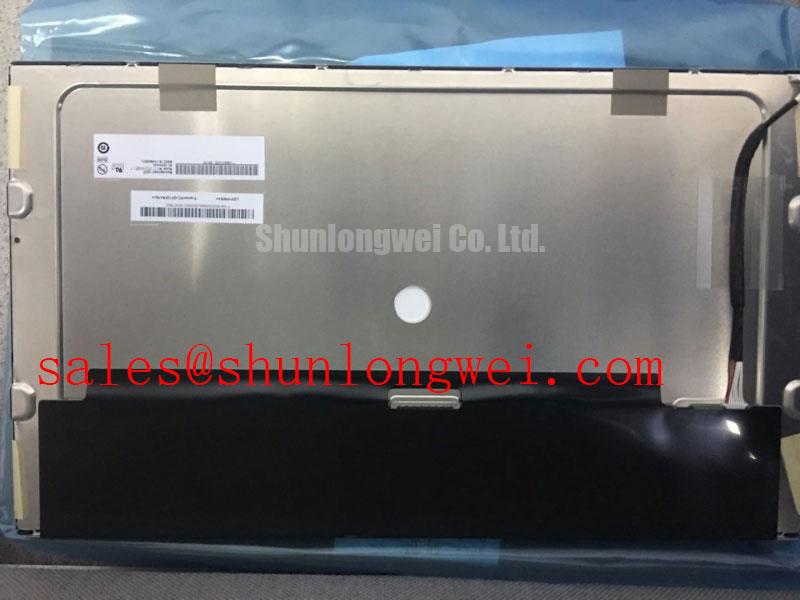MTDX320A1600V: High-Current Thyristor-Diode Module for Demanding Power Control
Engineered for Thermal Stability and System Reliability
Content last revised on October 12, 2025.
The MTDX320A1600V is a high-reliability thyristor-diode module engineered for superior thermal management and simplified system integration in high-power industrial control applications. It combines a robust electrical specification of 1600V | 320A | Rth(j-c) 0.080 °C/W with key design features that promote enhanced thermal performance and simplified assembly. The module's integrated, electrically isolated baseplate directly addresses the challenge of achieving reliable thermal transfer, eliminating the need for separate insulating layers and streamlining the manufacturing process. For high-current controlled rectifier circuits demanding robust thermal performance, this 1600V module is an optimal foundation.
Application Scenarios & Value
System-Level Benefits in Industrial Power Conversion
The MTDX320A1600V is optimized for applications where precise control of high currents is critical. Its architecture is particularly effective in systems like industrial AC motor soft starters, controlled rectifiers, and AC voltage controllers.
Consider the engineering challenge of a Soft Starter for a large conveyor belt motor. The initial startup demands massive inrush currents that can thermally stress power components. The MTDX320A1600V's 320A average current rating provides the necessary capacity to handle these loads. More importantly, its exceptionally low junction-to-case thermal resistance of 0.080 °C/W ensures that the heat generated during this critical ramp-up phase is efficiently transferred to the heatsink. This prevents the silicon from reaching its thermal limits, directly enhancing the long-term reliability of the entire drive system and preventing premature failures. What is the primary benefit of its efficient thermal design? It allows for smaller heatsink selection or increased operational headroom in high ambient temperature environments.
While the MTDX320A1600V provides precise phase-angle control, for applications requiring only uncontrolled rectification at a lower current rating, the MDS200A1600V diode bridge module offers a simpler alternative. For even higher current demands in similar applications, the MDS500A/1600V may be considered.
Key Parameter Overview
Specifications Grouped for Functional Analysis
The technical specifications of the MTDX320A1600V are tailored for high-power, high-reliability industrial systems. The following table groups key parameters by their engineering function to facilitate a clear evaluation for your specific design requirements.
| Electrical Characteristics | |
| Repetitive Peak Off-State Voltage (VDRM) | 1600V |
| Repetitive Peak Reverse Voltage (VRRM) | 1600V |
| Average On-State Current (IT(AV)) @ Tc=85°C | 320A |
| RMS On-State Current (IT(RMS)) | 502A |
| Surge Current (ITSM) @ 50Hz, 10ms | 6000A |
| Gate Parameters | |
| Gate Trigger Voltage (VGT) | 3V (Max) |
| Gate Trigger Current (IGT) | 150mA (Max) |
| Thermal and Mechanical Specifications | |
| Max. Junction Temperature (Tjmax) | 125°C |
| Thermal Resistance, Junction-to-Case (Rth(j-c)) | 0.080 °C/W (Per arm) |
| Isolation Voltage (Visol) | 3600V (RMS, 50Hz) |
| Mounting Torque | 5 ± 1 Nm |
Download the MTDX320A1600V datasheet for detailed specifications and performance curves.
Technical Deep Dive
The Engineering Synergy of an Isolated Baseplate and Low Thermal Resistance
A critical, yet often overlooked, aspect of power module design is the efficiency of the thermal path from the silicon die to the ambient environment. The MTDX320A1600V excels in this area through the combination of its inherent low thermal resistance and its factory-integrated electrically isolated baseplate.
The Rth(j-c) value of 0.080 °C/W is a direct measure of how effectively heat can be evacuated from the active thyristor and diode junctions to the module's case. Think of this value as the width of a pipeline designed to drain heat. A lower Rth(j-c) represents a wider, less restrictive pipe, allowing a greater volume of thermal energy to flow away from the sensitive silicon per second. This efficiency is fundamental to keeping the junction temperature well below the 125°C maximum limit, which is a cornerstone of preventing device degradation and achieving a long operational lifespan, a key consideration in preventing thermally-induced failures.
This inherent thermal efficiency is further amplified by the 3600V isolated baseplate. In traditional designs, engineers must place a separate thermal insulation pad (like mica or silicone) between the module and the heatsink. These external pads introduce an additional, often significant, layer of thermal resistance and can be prone to installation errors or degradation over time. The MTDX320A1600V's integrated insulation is like having a high-performance thermal interface material applied under perfect factory conditions. This eliminates an assembly step, reduces component count, and, most importantly, provides a highly reliable and thermally efficient path, ensuring the low Rth(j-c) value translates directly into superior real-world performance.
Frequently Asked Questions (FAQ)
How does the 1600V VDRM rating contribute to system reliability in industrial environments?
A 1600V rating provides a substantial safety margin for systems operating on common 400V, 480V, or even 690V AC lines. Industrial power grids are prone to transient overvoltages from events like lightning strikes or the switching of large inductive loads. The high voltage headroom ensures the module can withstand these spikes without breakdown, significantly improving the robustness and field reliability of the end equipment.
What is the practical benefit of the electrically isolated baseplate with a 3600V Visol rating?
The primary benefit is simplified and safer heatsink design. It allows the module to be mounted directly onto a grounded chassis or heatsink without needing external insulating pads or bushings. This not only reduces assembly time and bill-of-materials cost but also improves thermal transfer compared to using separate, less efficient insulating materials. The 3600V isolation rating confirms a high degree of electrical safety.
How does the Rth(j-c) of 0.080 °C/W impact heatsink selection and overall system power density?
A low Rth(j-c) value means heat is transferred more effectively from the silicon to the module case. This allows engineers to either use a smaller, less expensive heatsink to achieve the same target junction temperature or to push more power through the module while using the same heatsink. Ultimately, this enables a more compact, cost-effective, and power-dense final product design.
Technical Inquiries and Sourcing
For detailed technical specifications, application support, or to discuss how the MTDX320A1600V can be integrated into your next power system design, please contact our technical sales team for further information.

